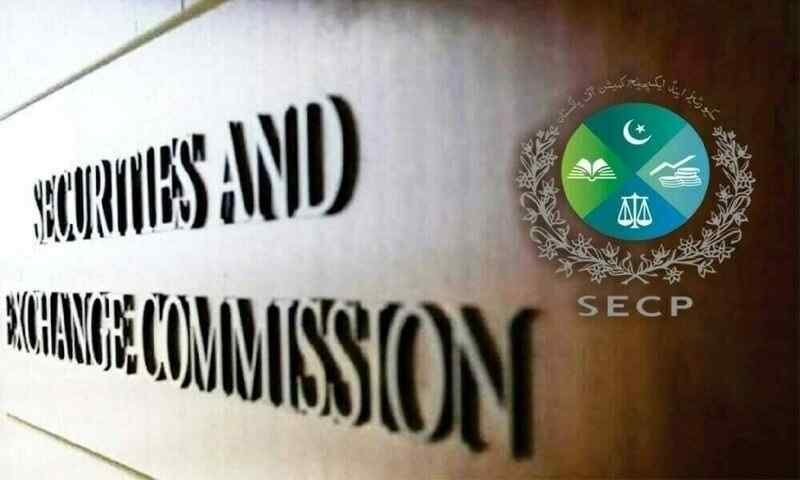In a bid to tackle Pakistan’s massive infrastructure financing gap, the Securities and Exchange Commission of Pakistan (SECP) has rolled out a specialized framework for Infrastructure Mutual Funds under its open-end collective investment scheme regulations. The initiative is designed to direct long-term domestic savings into critical development projects, strengthening capital markets while fueling economic growth.
Why This Matters
Pakistan requires an estimated $15 billion annually to meet its infrastructure needs, yet public and private spending sits at just 2.1% of GDP—well below international norms. The SECP’s latest framework was developed after extensive discussions with the Mutual Funds Association of Pakistan (MUFAP) and other market stakeholders. The goal is to create a transparent, investor-friendly investment structure aligned with national priorities such as energy, transport, healthcare, education, and industrial development.
How the Funds Will Work
- Fund Types: Asset management companies (AMCs) can launch equity, debt, or hybrid funds focused exclusively on infrastructure.
- Sectors Covered: Eligible investments include power generation, water and sanitation projects, transportation networks, hospitals, schools, tourism facilities, and industrial parks.
- Capital Requirements: Minimum fund size is set at Rs. 100 million, with seed capital of Rs. 25 million for closed-end schemes.
- Investment Rules: At least 70% of assets must be allocated to infrastructure-related securities. Fund managers must publish net asset value (NAV) disclosures at least monthly.
- Cost Controls: Management fees are capped at 3% for equity funds and 1.5% for debt funds, with no upfront sales load except in cases of early redemption.
Bigger Picture: Strengthening Domestic Capital Markets
The SECP’s move is a strategic attempt to reduce Pakistan’s reliance on external borrowing by mobilizing domestic savings for long-term development. By introducing strict disclosure requirements, fee caps, and investment mandates, the regulator aims to build investor confidence in infrastructure as a viable asset class.
For individual and institutional investors, these funds offer a structured, transparent way to participate in projects that directly impact national growth—turning Pakistan’s infrastructure challenge into a potential investment opportunity.

